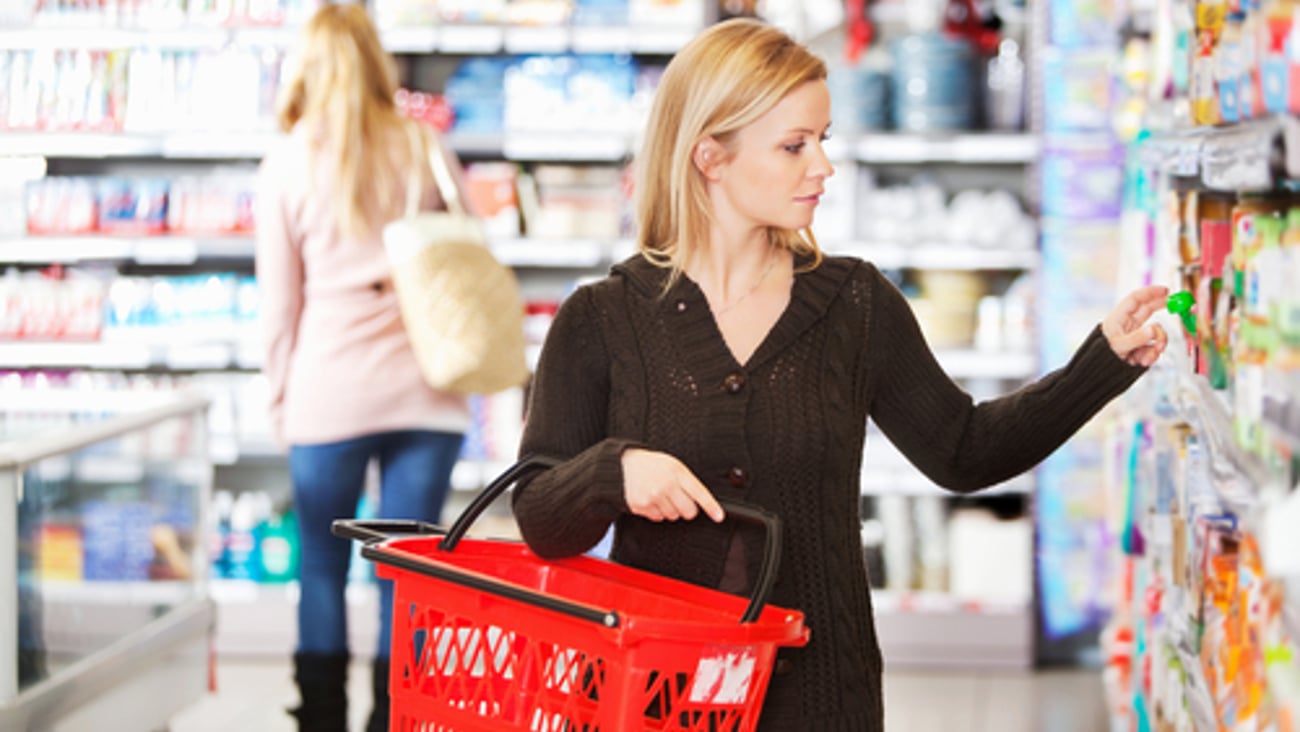Ready for lunch?
Over the past two years, it has been well documented how the pandemic has shifted countless aspects of daily consumption routines, ranging from preparation events to social dining and use of restaurants. Within all these changes, a key theme of our lockdown experience has been the rise in homebound habits.
However, as consumers slowly resume their pre-pandemic patterns of life, which for many includes commuting to and from work or school and picking up meals and snacks to eat on the go or at their desks, the demand for easy, grab and go options is on the rise.
Shifting context
In the pre-pandemic period, Ipsos FIVE daily tracking diary reported that almost a third of occasions occurred outside the home environment either on the go or at an away-from-home location.
Early lockdown confinement brought about a steep decline in occasions away from home and diminished portability demand. However, the June 2022 report release showcases a 27% rebound with forecasts projecting further growth over the next year.
Daytime habits
Consumers continue to eat away from home most often during the daytime (74% versus 26% in the evening). Broken down: breakfast 9%, morning snack 17%, lunch 21%, afternoon snack 27%, dinner 19% and evening snack 7%. Morning and afternoon snacking represents a significant growth opportunity for c-stores.
The role of kids
Close to a quarter (24%) of all items consumed outside the home during the daytime hours are eaten by kids under 13 years old. However, their parents have different habits: young family parents’ lunching away from home remains down by almost 40% compared to pre-pandemic.
Top food options in kids’ lunch boxes include a variety of handheld, pick-and-pack options that meet needs around ease, speed and freshness, including fresh fruit, cheese and veggies, as well as snack items, such as granola bars, crackers, potato chips, yogurt tubes and cookies.
Beyond food options, beverages also play an important role in portable occasions, whether carried from home or sourced from immediate consumption channels during the daytime hours. Note tap water is increasingly replacing traditional lunchtime beverages, including bottled water and carbonated soft drinks.
Consumer priorities
The vast majority of portable, handheld meals and snacks throughout the day are solo occasions. However, in today’s increasingly conscious environment, it is critical to evaluate consumer priorities for individually sized formats suitable for away-from-home grazing, relative to rising concerns around waste and sustainable packaging priorities (e.g., single-use plastics).
In fact, FIVE’s latest report release reveals that one-in-five respondents (21%) says sustainable packaging strongly influences their lunch box item choices. Consider the importance of reusable lunch bags, bento boxes and other convenient storage solutions.
Retailers should prepare to accommodate evolving demand for easy, quick, on-hand, tasty and value-driven portable meals and snacks throughout the day. Keep in mind, robust pantry-loading habits renewed by many during lockdowns will be a key driver of easily assembled lunch solutions.
While convenience and on-hand availability tops midday demand, half of items consumed during the daytime hours (50%) are motivated by health needs. Be mindful that the holistic definition of what is inherently good encompasses nutrient and nourishment intake priorities, physical benefits and emotional well-being to fuel, uplift, energize and reset concentration and focus.
The balance of away from home daytime choices (50%) are motivated by rising demand for tasty, crave-worthy items that treat consumers.
When marketing and merchandising lunch and snack items, be sure to communicate key benefits, such as grazeability, filling gaps, saving money, taste personalization, being kid-friendly, boosting energy and reducing waste.






